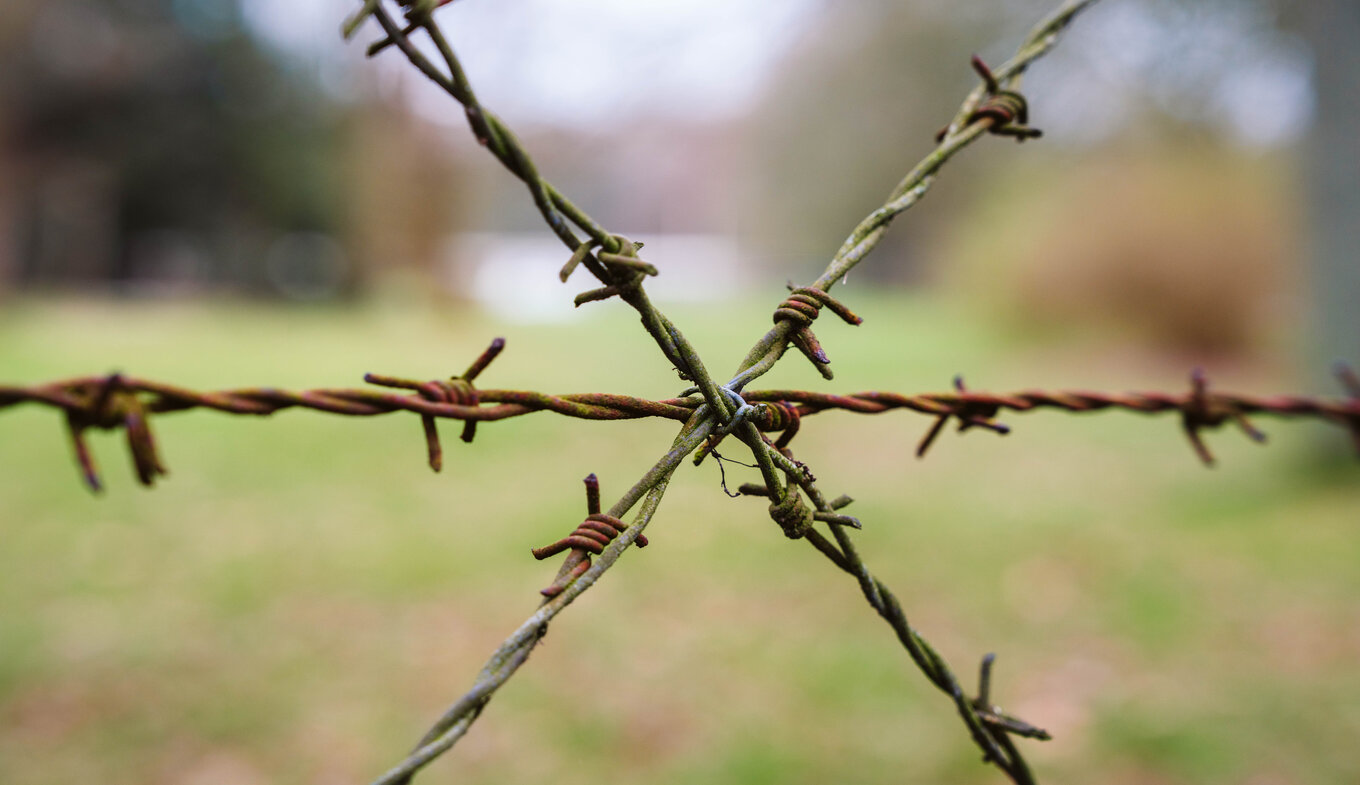
Museums and freedom - Sept. 9, 2024
In the Netherlands there are museums which focus on showcasing war, slavery and colonization. They play a crucial role in emphasizing the important of freedom today. They introduce visitors to the painful past, from which lessons must be learned, and remind us that the value of peace and freedom should never be forgotten.
Holocaust Museum

The National Holocaust Museum, opened in the spring of 2024, is in a former Reformed Teachers' College (Primary School Teachers' Training College) in Amsterdam. During the war, the Nazis used the adjacent nursery as a collection and deportation point for Jewish children. Over 2,500 objects, rediscovered photos and films, sound recordings, documents, and installations in this museum depict the history of the Holocaust in the Netherlands and in the concentration and extermination camps in occupied Europe.
Oranjehotel Scheveningen
At the beginning of the war, most Dutch people were passively anti-German, but from 1943 onwards, resistance grew. The Scheveningen prison was called The Oranjehotel. During the war, more than 25,000 people were imprisoned here, detained for actions that the occupier saw as violations. These were resistance fighters, but also Jews, communists, Jehovah's Witnesses, and black marketeers. A visit to this 'hotel' makes one realize how vulnerable freedom is.
National Military Museum
The National Military Museum (NMM) in Soesterberg, in the province of Utrecht, highlights the significance of the Dutch armed forces in the past, present, and future. The emphasis is on collections from the Dutch army and air force. The NMM is part of the Royal Defense Museums Foundation (SKD) and is located on a 45-hectare site on the former Soesterberg airbase.
Freedom Museum
Located in Groesbeek the Freedom Museum offers an in-depth and cross-border view of the theme of war and freedom without borders, with World War II as the central point. The museum tells the complex story of the twentieth century and connects it with current events, where freedom runs as a common thread through the Netherlands, Germany, Europe, and beyond.
In the permanent and temporary exhibitions, visitors are taken through the various perspectives and human dilemmas of both civilians and soldiers. The museum emphasizes that there is never just one story, but rather a mosaic of unknown and often underexposed stories.
The Victory Museum 1940-1945
The Victory Museum in Groningen focuses on 1940-1945. Through dioramas, it depicts various scenes from this wartime period. The museum also displays objects related to this time from Canadian, German, and resistance sides in display cases.
Colonies of Benevolence
The Colonies of Benevolence were established in the nineteenth century to combat poverty by relocating low-income city dwellers to remote areas to work the land. There was a distinction between free colonies, where families voluntarily lived, and unfree colonies, where convicted criminals and beggars were forcibly housed.
Despite the noble goals, the unfree colonies raised questions about legality and financial risks. At their peak in the mid-nineteenth century, more than 11,000 people lived in the Dutch colonies. The Colonies of Benevolence in Drenthe, Overijssel, and Flanders were granted UNESCO World Heritage status in July 2021 due to their historical influence on society.
Peace Palace
The Peace Palace in The Hague is a remarkable building. Both the interior and exterior are characterized by special decorative elements, artworks, and sculptures. During the peace conference in 1907, an appeal was made to contribute to the construction of the Peace Palace. Many countries responded to this call and donated artworks or building materials to express their support.
Today visitors receive information about the history of the Peace Palace and the functioning of the institutions housed there via an audio tour. In the surrounding gardens, many international artworks tell something about the importance of peace and freedom in the world.
FENIX Rotterdam (opening 2025)

In the first half of 2025, FENIX will open in Rotterdam. The museum highlights groundbreaking migration through contemporary international art on a 16,000-square-meter surface. FENIX is located on the Maas, at the point of departure and arrival where over three million people sought their fortune across the ocean in the nineteenth century. The rotating international art collections, the suitcase maze consisting of over 2,000 suitcases, and the exhibition 'Family of Migrants' let visitors experience how migration has been shaped.
The Tornado, a remarkable construction, spirals up from the museum building. This artwork consists of two staircases that twist together like a helix rising from the historic warehouse. With one of these staircases, visitors choose their route upwards. The first floor provides access to the museum. Further up is the observation point with the panorama over the Maas and the northern part of Rotterdam. The total height of the Tornado is nearly 30 meters.